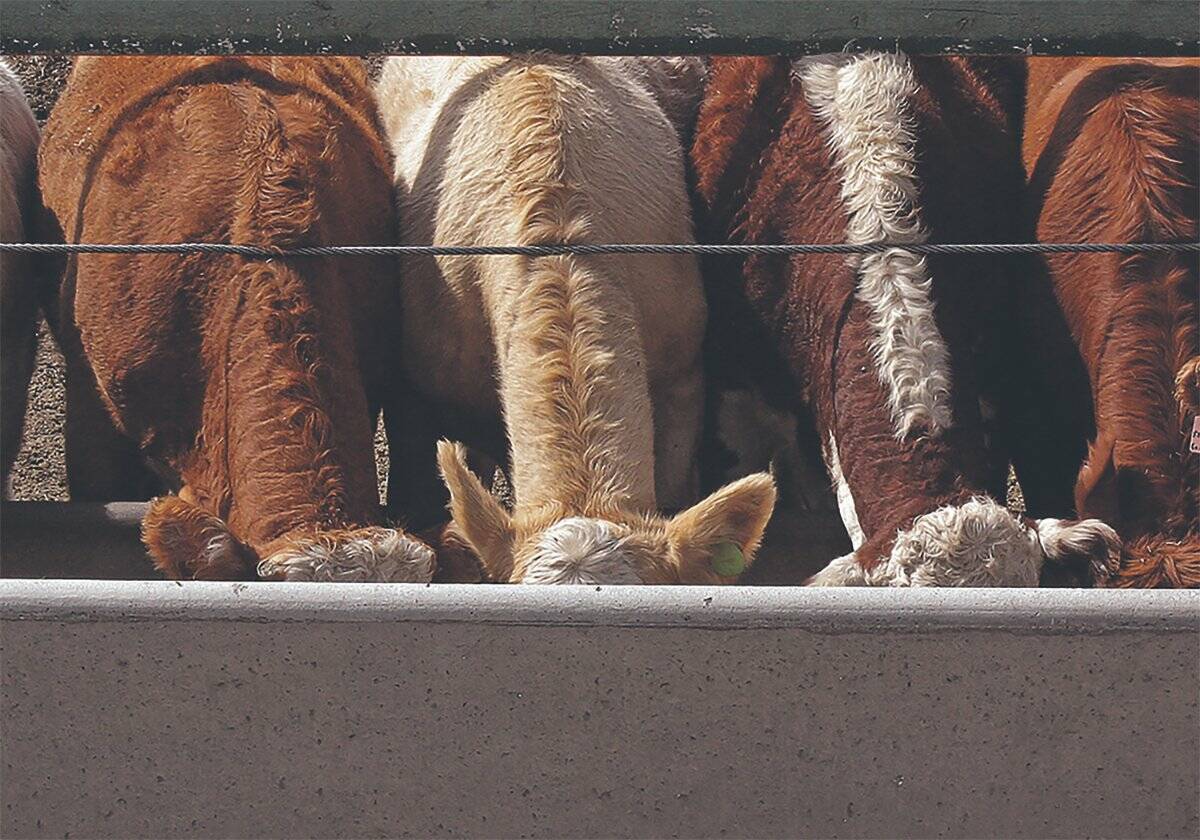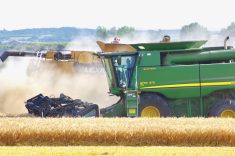One of the world’s largest pulse crop processors is casting doubt on reports about India’s looming bumper crop.
“The word from the Indian trade is that seeded acreage is down and the overall yields are projected to be average to sub-average,” said Murad Al-Katib, president of Alliance Grain Traders Inc.
That contradicts official reports from the Indian government, which suggest that growers had already planted a record 38.71 million acres of pulses as of Jan. 31, up from 35.69 million acres the same time a year ago.
Read Also

U.S. livestock: Cattle fall sharply as Trump says he’s working to lower beef costs
Chicago cattle futures fell sharply on Friday after U.S. President Donald Trump said his administration was working to lower the…
India has targeted a record 2013-14 rabi or winter season crop of 12 million tonnes. Al-Katib is convinced that projection has more to do with politics than reality.
“The Indian government statistics always have to be weighted towards food stability and food security and particularly in election years,” he said during an interview at the 2014 Saskatchewan Agriculture Trade Summit.
He believes a better barometer of India’s crop prospects is the country’s buying behaviour.
“India is in the market buying April, May and June deliveries and if they had a good crop they wouldn’t be doing that,” said Al-Katib.
“That bodes well for moving the current (Canadian) crop and it bodes well for new crop.”
India is the top customer of Canadian peas and ranks second to Turkey as a buyer of Canadian lentils.
.














